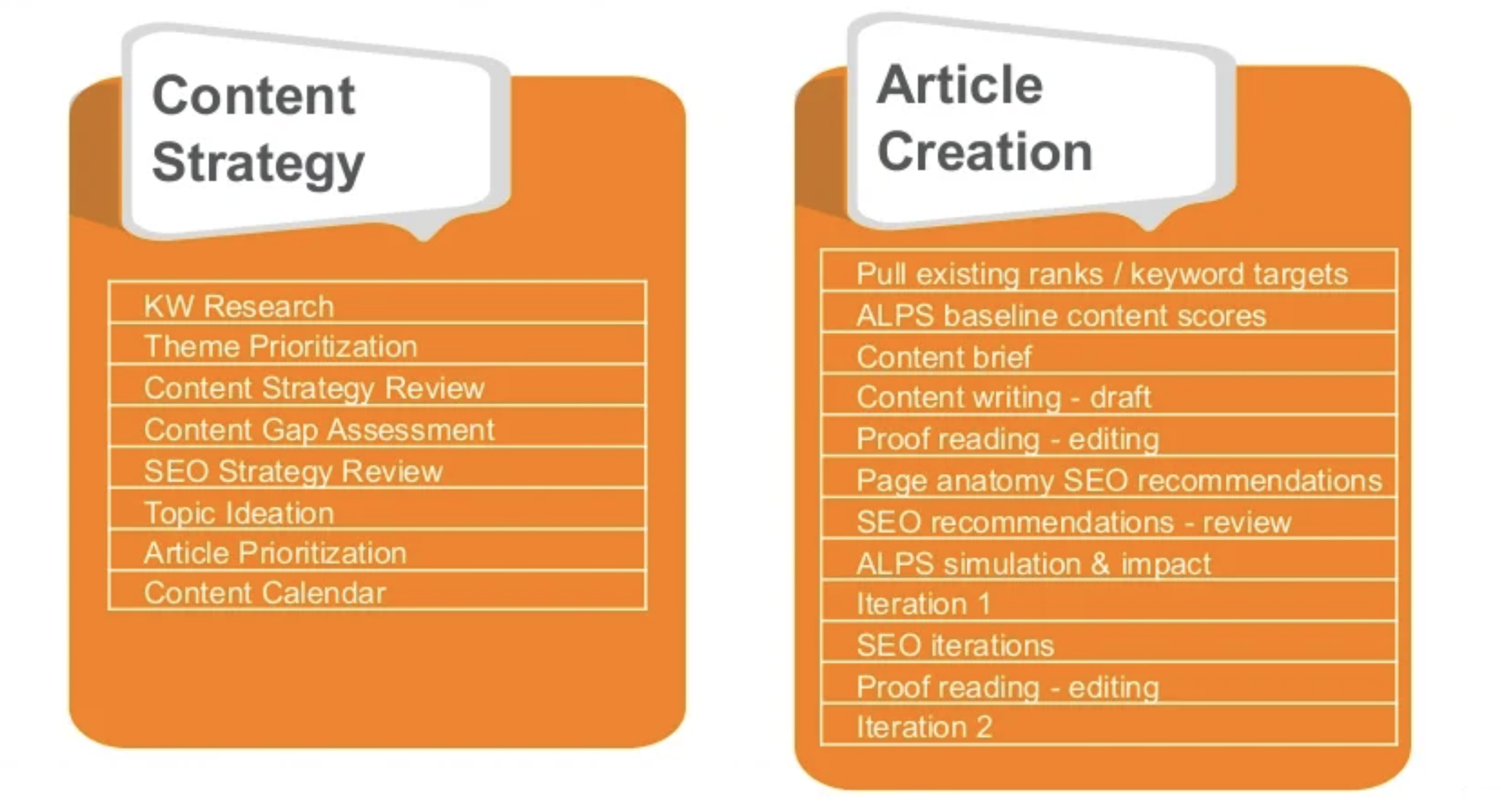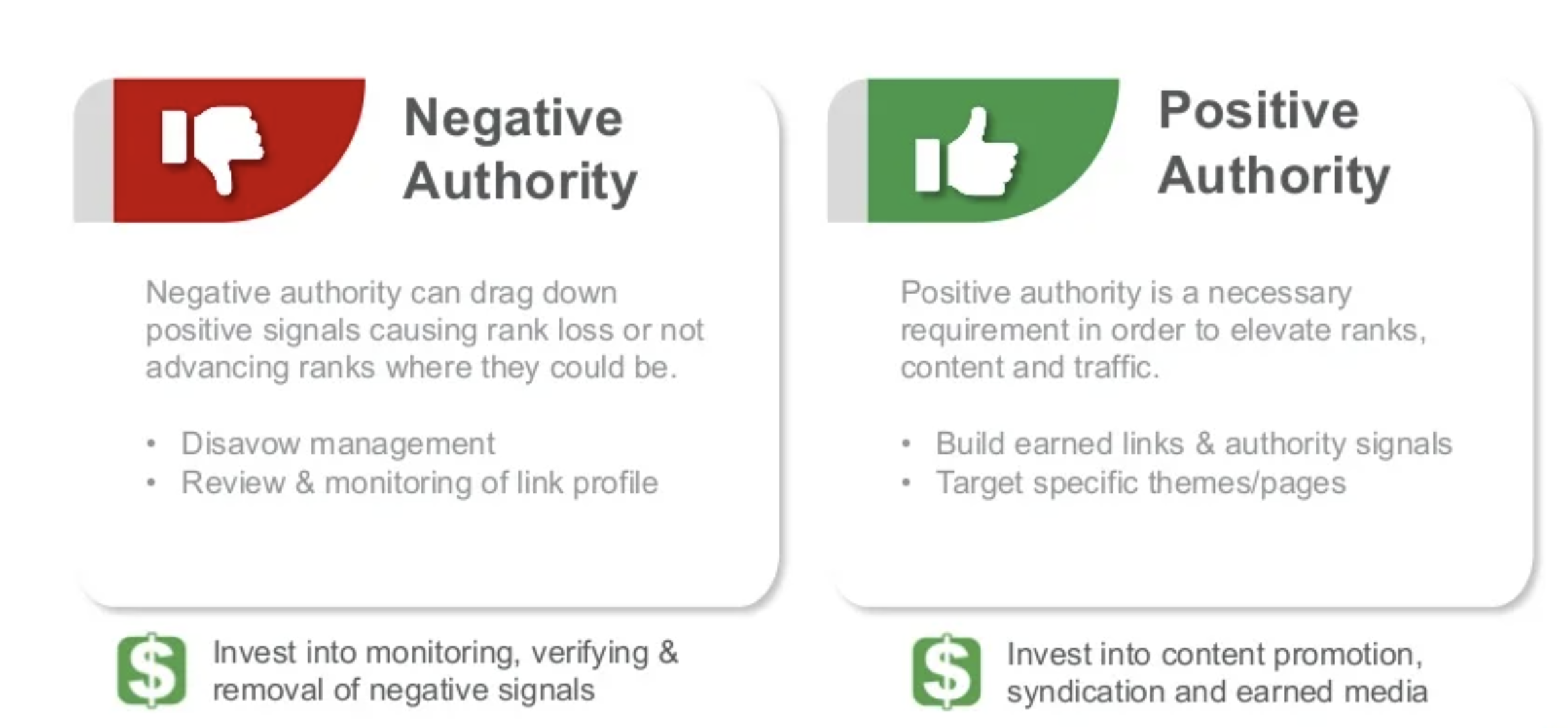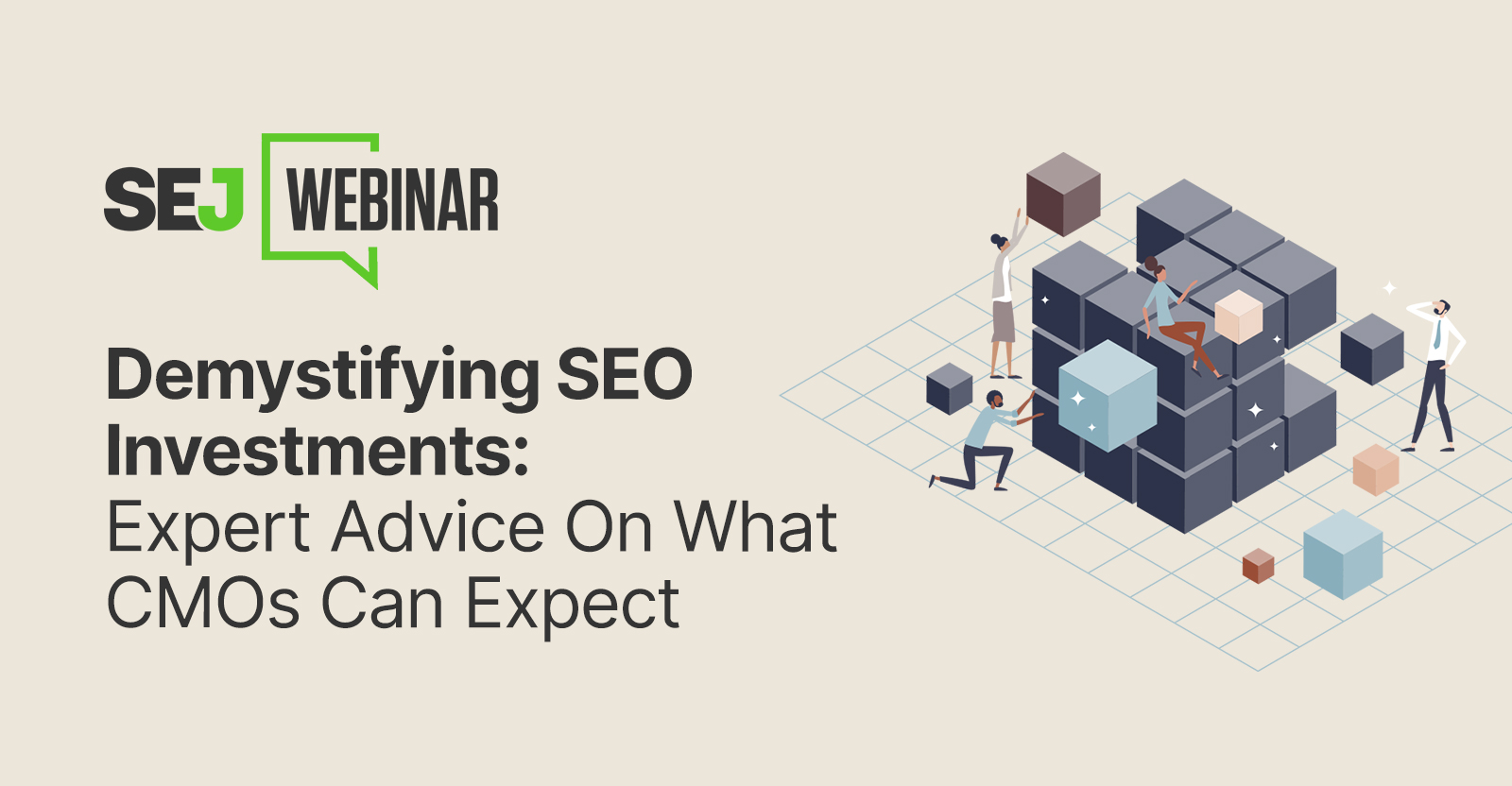Wondering if SEO is worth your time and money?
Wouldn’t it be great if you knew exactly how your SEO initiatives enhanced your business?
You can uncover the best ways to invest in the future by gaining a solid understanding of how your search investments will impact performance and your bottom line.
On May 25, I moderated a webinar led by Wayne Cichanski, VP of Search & Site Experience at iQuanti.
He demonstrated the business benefits that can be uncovered from certain SEO activities, giving you the power to see your investment’s true worth.
Here is a summary of the webinar.
To access the entire presentation, complete the form.
Does Investing In SEO Work?
Absolutely.
However, when it comes to deciding where to invest, businesses usually prefer paid search over SEO.
Why is it lopsided?
Most people still have misconceptions about each path.
Let’s dispel those misconceptions, now.
Demystifying Expectations Of SEO Vs. Paid Search
Myth #1: You Should Only Invest In Either Paid Or Organic Search.
False.
Here is the truth:
- You should be doing both; the goal is to occupy the overall digital shelf space.
- The sum of paid and organic combined is more significant than any single channel by itself.
Myth #2: Paid Search Gives A Lower Overall CPA.
False.
Here is the truth:
- If your organic search is performing well, CPA can reach $25 – $65, instead of the standard CPA of $300 – $400.
[Discover More False SEO Myths] Instantly access the webinar →
Now that you know how important it is to invest in organic search in addition to paid search, let’s tackle some of your worries.
SEO Investment Worries: Is It Possible To Forecast Success?
You may be thinking, “How will I know that SEO will work? Is it possible to predict the tangible success of organic search?”
The answer is yes – you can forecast your SEO results.
One way that you can calculate revenue impact is by using data from actual search analytics.
From there, you’ll be able to determine what your annual traffic will be, based on keyword volume.
Then, you can calculate your known potential leads and sales percentages to see your predicted ROI.
-
 iQuanti, 2022
iQuanti, 2022
[Discover KPIs That Prove SEO Investments Are Working] Instantly access the webinar →
Now that you’ve come to understand how SEO investments can drive more traffic to your website, let’s talk about how content fits into the SEO investment picture.
Content & SEO: Understanding The ROI Breakdown Of Investing
Content is king, but what kind of content do you need to write?
How does it fit into SEO?
Long story short, content is what shows up in search engines.
- What should you write?
- When should you write it?
- What is the expectation and role of each content type?
[Find Out How Much Content You Should Produce] Instantly access the webinar →
When you publish a piece of content, be sure it’s published:
- For the user to read.
- To match a step in the user’s journey.
Make sure the content includes primary and secondary CTAs that allow somebody to move up or down the funnel as they need to.
Still confused? Take a cue from the old saying: fish where the fish are.
Considerations For Calculating The Expected ROI Of Content
Not all content is equal, neither is the ROI that comes with it.
There are several factors to consider when setting expected ROI:
- Role of content.
- Effort to produce.
- Cost to rank.
- Traffic.
- Conversion.
Factor 1: Role Of Your Content
Each piece of content has a different function, and each function affects ROI differently.
The role of content can be considered from a variety of perspectives:
- Acquisition.
- Supporting.
- Related.
- Brand.
- Thought leadership.
- Off-Page.
[Find Out How Each Type Affects ROI] Instantly access the webinar →
Factor 2: The Effort To Produce
Each type of content has different steps, which may require more or less work.
Here’s what Cichanski’s team looks at when producing quality content:
-
 iQuanti, May 2022
iQuanti, May 2022
Factor 3: The Cost To Rank Content
Producing content that doesn’t rank is like putting a giant billboard in the middle of an island and complaining that nobody saw it.
If you don’t have enough authoritative and trust signals, Google will not rank your website highly.
Your go-to-market strategy needs to include the costs to rank your content and the cost to increase your authority.
[Learn About The Other Two Factors] Instantly access the webinar →
Authority & SEO: Why & How To Invest
Intertwined in each of the above factors is the need to invest in authority.
Your site’s authority helps Google understand what position to rank your content on search engine results pages (SERPs).
There’s positive authority and there’s negative authority.
-
 iQuanti, May 2022
iQuanti, May 2022
You want to reduce the negative signals and elevate the positive signals.
Technical SEO: Where To Invest
In addition to content, Google looks for technical factors that prove a site’s worth.
Investing in these major technical factors that affect your rank is essential:
- Page speed.
- Informational.
- Transactional.
- Utilitarian.
- Hygienic issues.
[What Do These Factors Mean?] Instantly access the webinar →
KPIs to take into account:
- Increased page performance.
- Reduction in errors.
- Quicker page speeds.
As you make technical improvements, all of your pages can increase in rank – thus increasing ROI.
[Slides] Demystifying SEO Investments: Expert Advice On What CMOs Can Expect
Here’s the presentation:
Demystifying SEO Investments: Expert Advice On What CMOs Can Expect from Search Engine Journal
Join Us For Our Next Webinar!
Local SEO: Top 6 Ways To Get Higher Quality Reviews
Concerned about the online reputation of your local business? Learn how to stay competitive and win customers before they even walk into your store on June 8, 2 p.m. ET.
Image Credits
Featured Image: Paulo Bobita/Search Engine Journal
